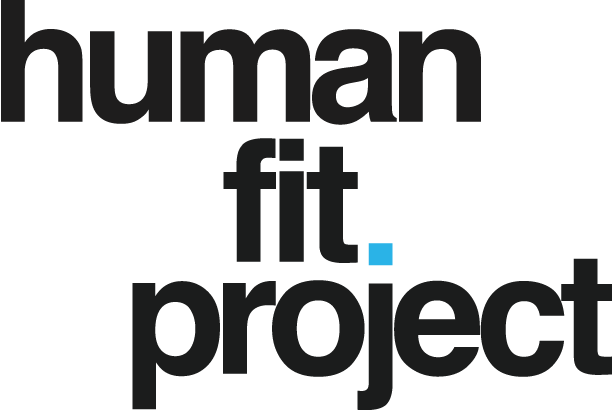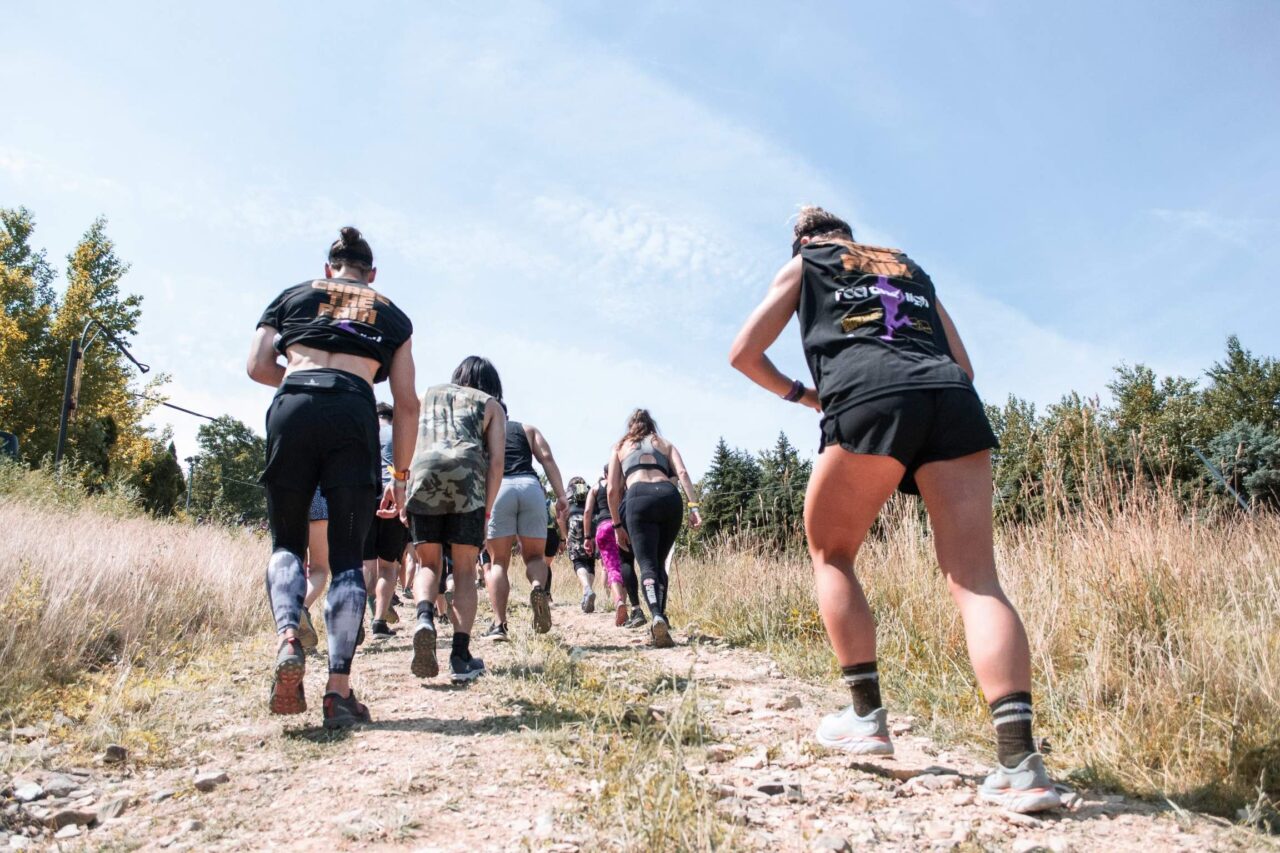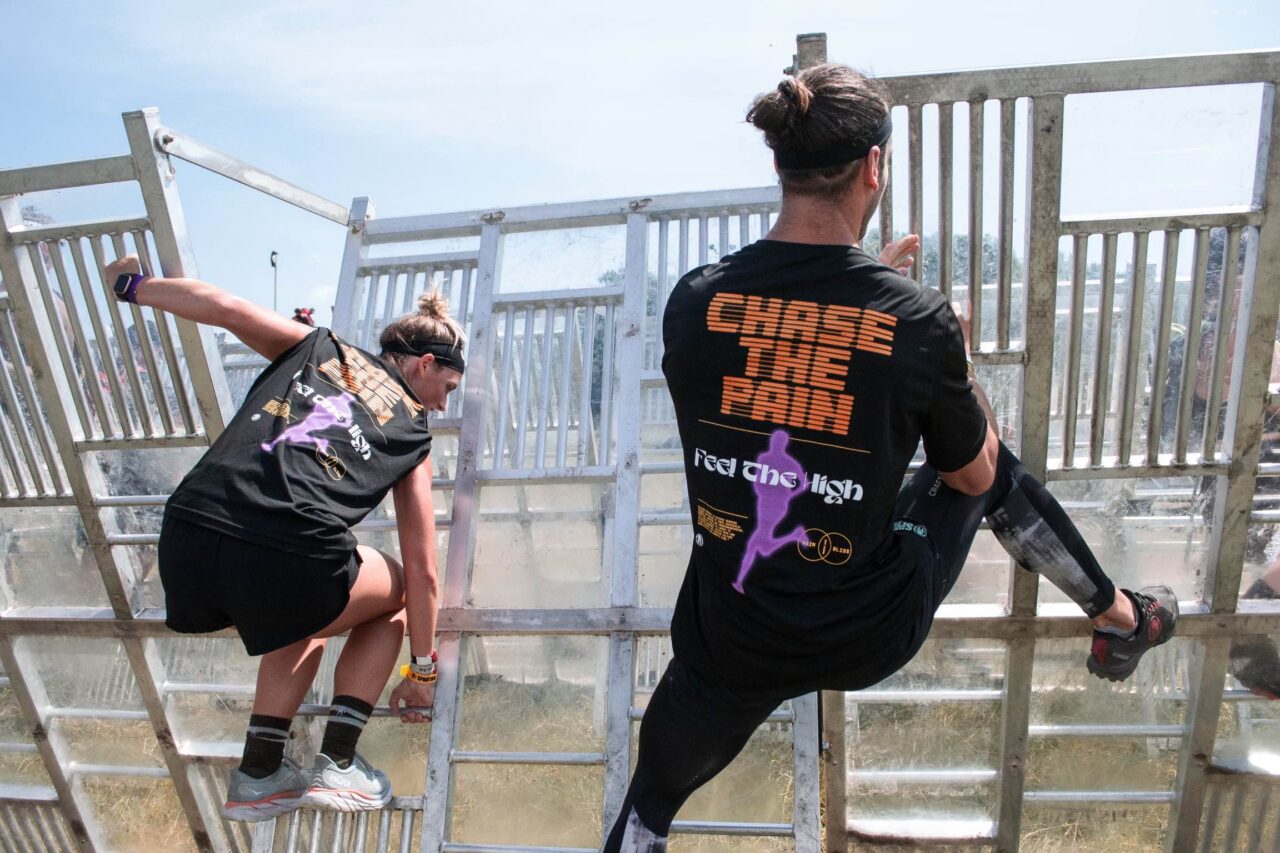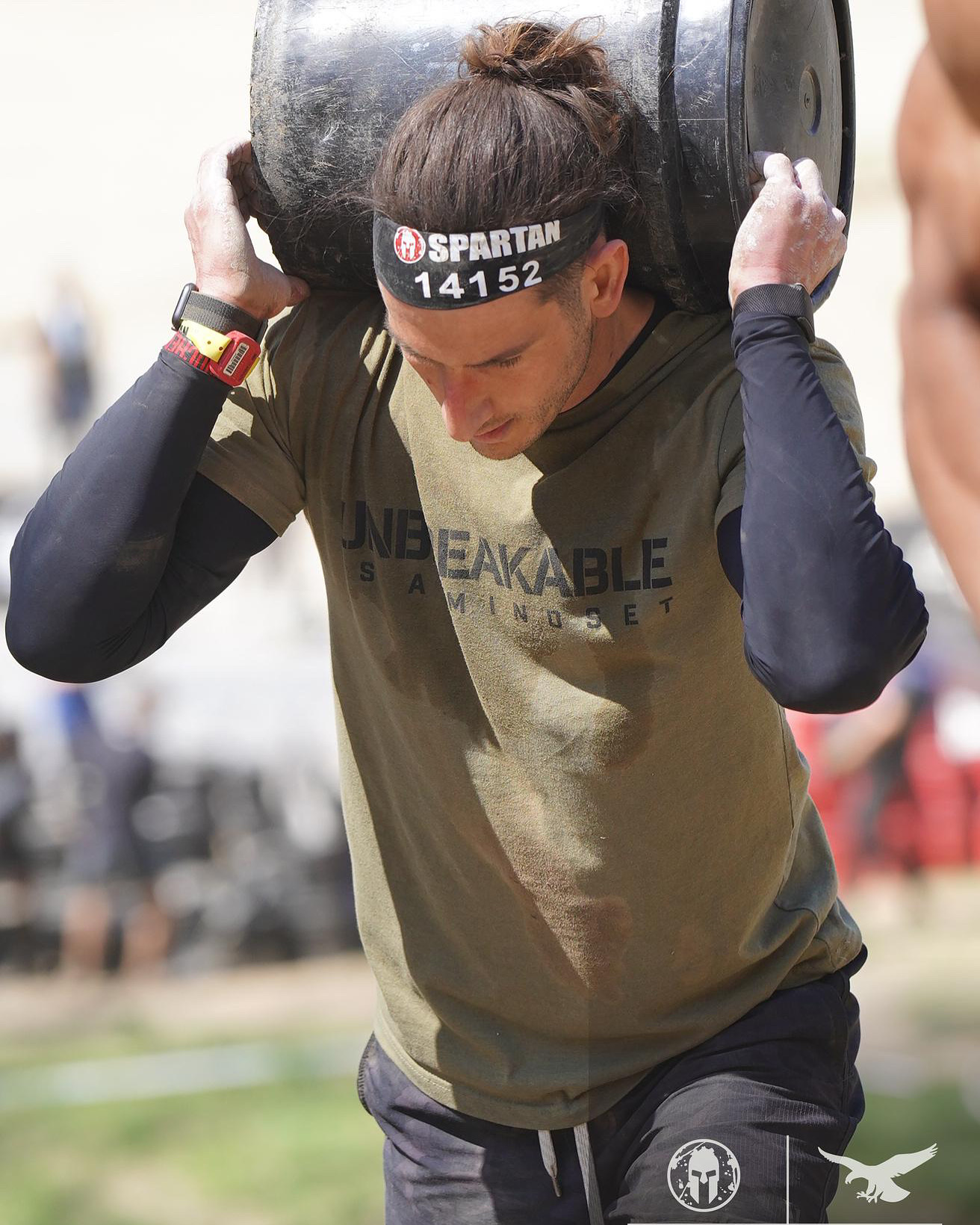Signing up for your first obstacle course race or Spartan Race can be an emotional combination of excitement and a little intimidation, and that’s completely normal. Even as an athlete my entire life, I was a little nervous going into my first race. So, you’re not the only one.
Related: 30 Days to Beast: How I Trained for a 21K Spartan Race
The key to success in your first obstacle course race is to race your own race and shift the way you work out so it’s catered specifically to Spartan racing. Chances are you’re going to be running on tough terrain, face elevation, you’re going to be pulling stuff, carrying stuff, climbing stuff, getting into weird positions, you name it.
Here’s the plan to get prepared.
Pick Your First Obstacle Course Race Wisely
For a Spartan Race, you’ll most likely race a Sprint, Super, Beast, or Ultra. A Spartan Sprint is a 5K with 20+ obstacles, a Spartan Super is a 10K with 20+ obstacles, a Spartan Beast is a 21K with 30+ obstacles, and a Spartan Ultra is a 50K with 60+ obstacles. The main thing that changes in your workout plan is the distance you’re running. It’s highly recommended that if it’s your very first race, sign up for a Spartan Sprint.
Related: The Best Exercises to Prepare for Spartan Race Obstacles
Your First Obstacle Course Race Workout Plan
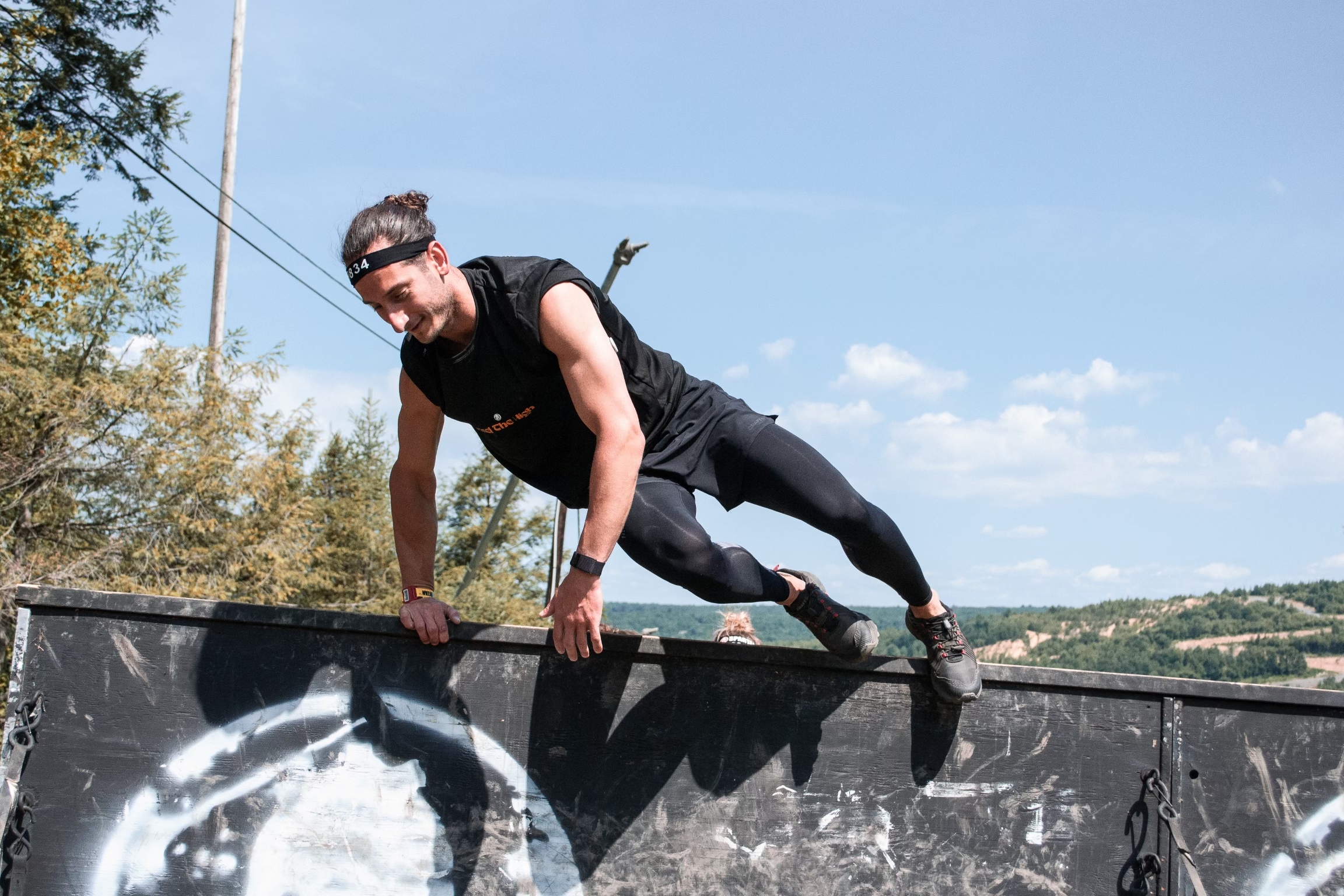
The following accelerated program takes the exercises listed above and compiles them into a full weekly training program that you can perform week over week, no matter which race you plan on tackling.
Monday: Uphill Walk at Low Intensity
For Sprint Prep: Incline walk at 12% grade for approximately 15-20 minutes.
For Super Prep: Incline walk at 12% grade for 20-30 minutes (with weight vest, if possible).
For Beast Prep: Incline walk at 12% grade for 40+ minutes (with weight vest, if possible).
Tuesday: Pull and Carry
- Plank (3 sets x as long as possible)
- Side Plank (3 sets x as long as possible on each side)
- Sit-Up (3 sets x 25 reps) or Hollow Hold (3 sets x for as long as possible)
- Farmer Carry (3 sets x as long as possible, with 40-70-pound dumbbells or kettlebells)
- Pull-Up, Inverted Row, or Dead Hang (3 sets x as long as possible on each side)
- Pull-Down (3 sets x 10-15 reps)
- Reverse Curls (3 sets x 10-15 reps)
Wednesday: Tempo Runs
For Sprint Prep: 2 miles at easy and harder paces throughout
For Super Prep: 4 miles at easy and harder paces throughout
For Beast Prep: 4-6 miles at easy and harder paces throughout
- 30-90 burpees
Thursday: Active Recovery
Friday: Lower-Body Strength
- Plank (3 sets x as long as possible)
- Side Plank (3 sets x as long as possible on each side)
- Sit-Up (3 sets x 25 reps) or Hollow Hold (3 sets x as long as possible)
- Squats (3 sets x 30 seconds)
- Lunges (3 sets for 30 seconds)
- Weighted Step-Ups (3 sets x 10-15 reps)
- Sumo Deadlift (3 sets x 8-10 reps)
Saturday: Active Recovery
Sunday: Long Run
For Sprint Prep: 4 miles at a comfortable pace
For Super Prep: 6 miles at easy and harder paces throughout
For Beast Prep: 8 miles* at easy and harder paces throughout
*Increase mileage by 10% each week.
